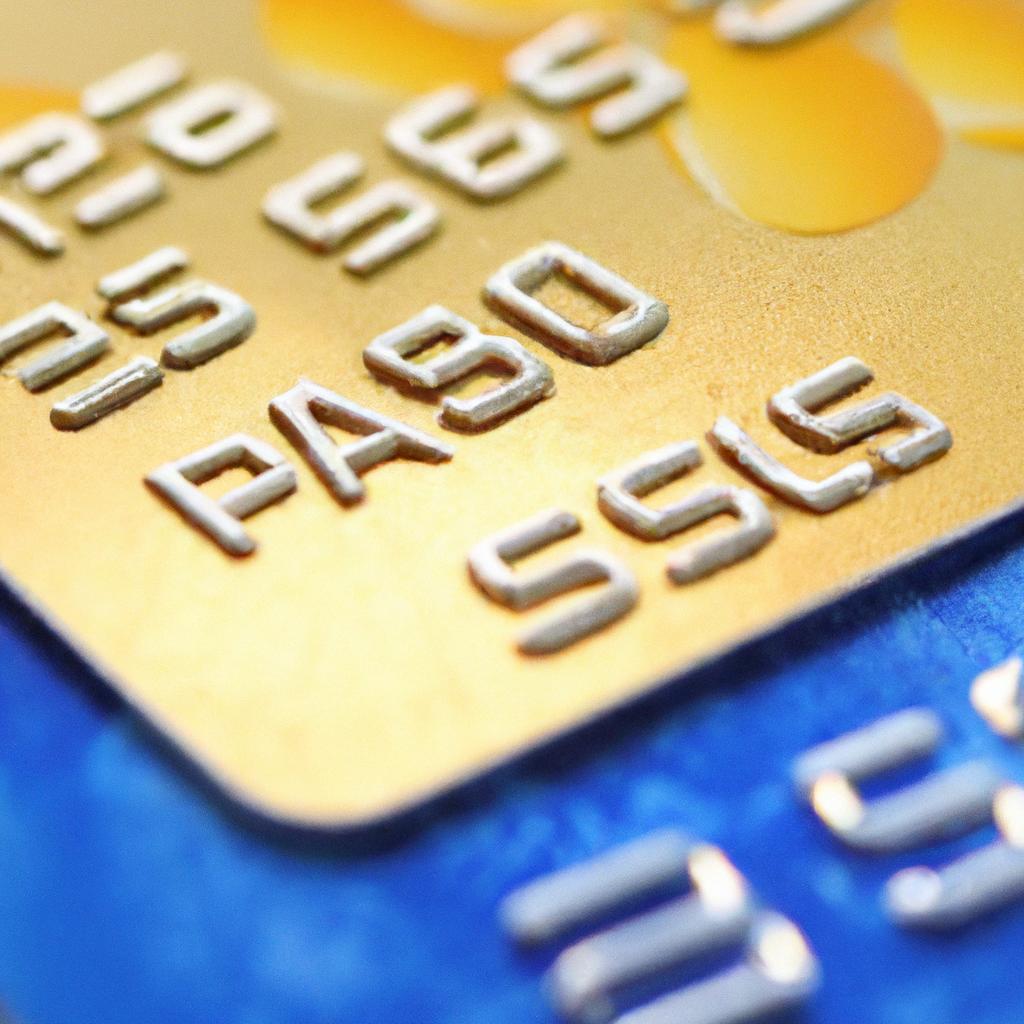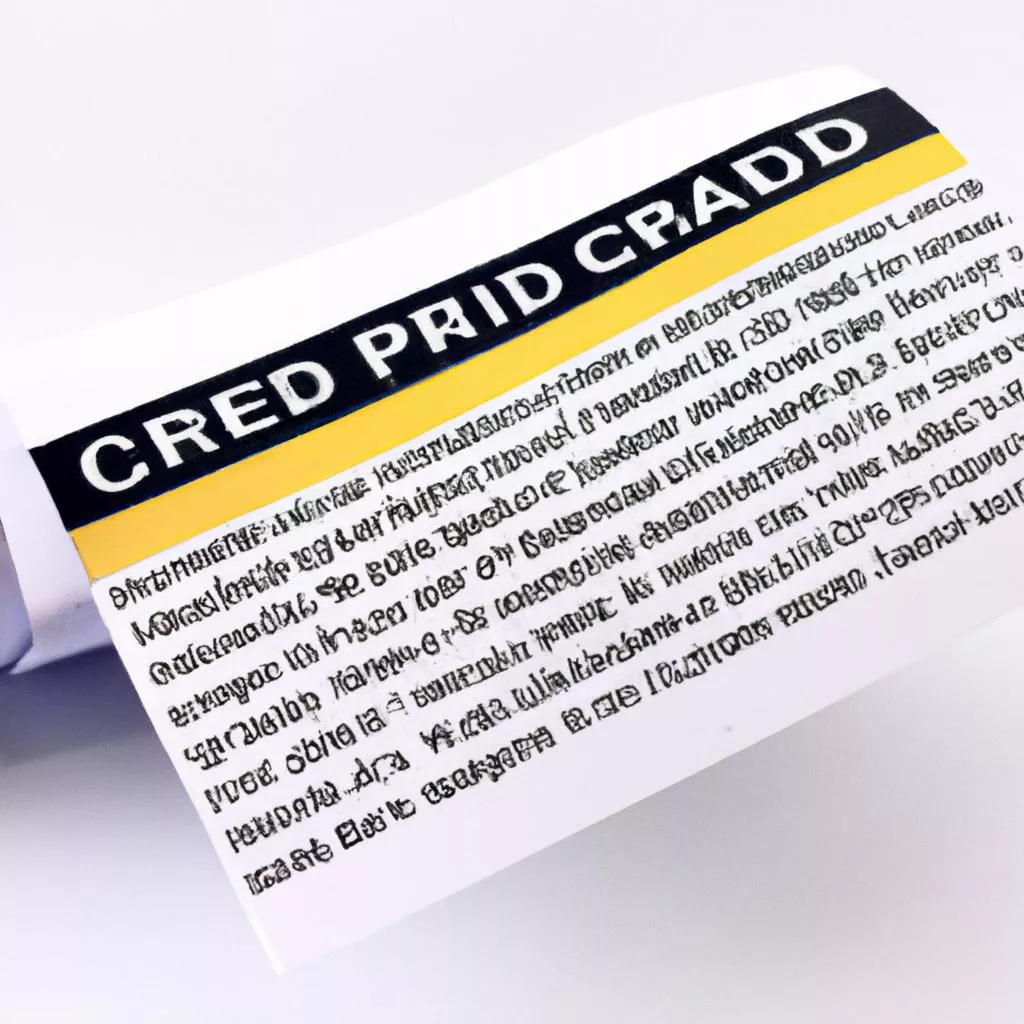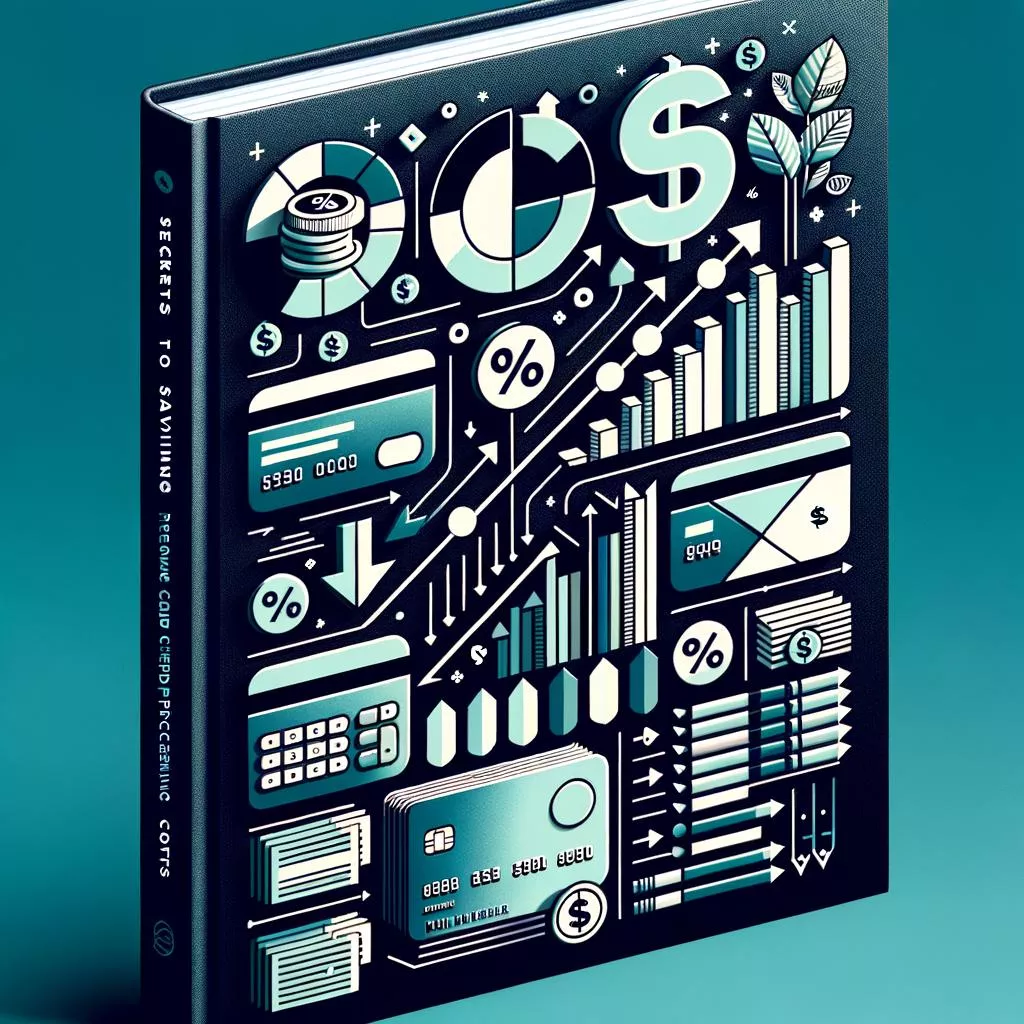The True Cost of Credit Card Processing: Beyond the Surface
Are you ready to go beyond the surface and uncover the mysterious realm of credit card processing? Well, hold onto your cash register, because we’re about to embark on a mind-bending journey into the hidden depths of payment processing fees. Say goodbye to those mundane, run-of-the-mill articles, as we dive headfirst into the enigma that lies beneath the shimmering facade of plastic money. Get ready to have your preconceived notions shattered, your business acumen tested, and your entrepreneurial mind blown. It’s time to uncover “The True Cost of Credit Card Processing” and unveil the secrets that lie beneath that innocent-looking swipe. Buckle up, folks, this is going to be one wild ride!
The Hidden Fees and Surprises Lurking Behind Credit Card Processing
When it comes to credit card processing, what you see isn’t always what you get. Sure, the flashy advertisements and promises of convenience make it seem like a dream come true, but beneath the surface lies a world of hidden fees and surprises. And let me tell you, they can really add up!
One of the biggest culprits is the notorious “interchange fees”. These little monsters are the fees charged by credit card networks, like Visa and Mastercard, for processing each transaction. They may seem like a small percentage, but trust me, they can quickly eat away at your profits. And don’t even get me started on those sneaky “qualified”, “mid-qualified”, and “non-qualified” transaction rates. They might sound like harmless jargon, but what they really mean is that you’ll be paying different rates for different types of transactions, and often, those rates are far from wallet-friendly.
- Interchange fees can range from 1.5% to 3% of each transaction – that’s hard-earned money going out the window!
- Qualified rates may seem reasonable, but you’ll be surprised how often transactions don’t meet the criteria, resulting in higher rates.
- Mid-qualified and non-qualified rates? Just fancy terms for even higher rates, especially for those pesky rewards and corporate cards.
But wait, there’s more! Many credit card processors also sneak in additional fees that you never anticipated. Monthly fees, statement fees, PCI compliance fees – it’s like they’re trying to nickel and dime you at every turn! And let’s not forget about those long-term contracts that lock you in, making it incredibly difficult to switch to a more affordable provider. It’s a credit card processing jungle out there, my friends.
Unveiling the Unseen: Understanding the Real Costs Involved
Think you know all there is to know about credit card processing fees? Think again! In this eye-opening post, we’re going beyond the surface to reveal the true costs involved in processing credit cards. Get ready to be shocked, enlightened, and ready to take charge of your business finances!
When it comes to credit card processing, it’s not just about the percentage you pay per transaction. There are hidden fees, unforeseen charges, and unexpected expenses that can add up quickly. Let’s dive deep into the murky waters of credit card processing fees and uncover the secrets they don’t want you to know:
1. Interchange Fees: The Silent Culprit
Did you know that every time a customer swipes their card, you pay an interchange fee? This sneaky charge is set by the card networks like Visa and Mastercard, and it’s a percentage of each transaction. These fees are typically hidden from the public, but knowing about them can help you negotiate better rates with your payment processor.
2. Monthly Minimums: The Ghost Expenses
Many processors require merchants to meet a monthly minimum in processing fees, regardless of your transaction volume. If you fall short, you end up paying the difference. It’s like those forgotten subscriptions that silently drain your bank account! Make sure to read the fine print and negotiate these minimums to avoid unnecessary costs.
3. Chargeback Fees: Beware the Hidden Bite
Chargebacks can be a nightmare for any business owner, but did you know they come with their own set of fees? Whenever a customer disputes a charge, you not only lose the sale but also get hit with a chargeback fee. These fees can range from a few dollars to substantial amounts, so it’s crucial to establish solid procedures to minimize chargebacks and the ensuing costs.
4. Non-Qualified Transactions: The Unseen Penalty
Not all credit card transactions are created equal. If you’re not careful, you might find yourself facing non-qualified transactions, which come with higher processing fees. These hidden penalties can eat into your profits, especially if your business tends to process a lot of non-standard transactions. Keep an eye on your processing statements and work with your payment processor to optimize your qualification rates.
| Term | Definition |
|---|---|
| Merchant Account | A bank account that allows businesses to accept credit card payments. |
| PCI Compliance | Payment Card Industry Data Security Standard, a set of security standards to protect sensitive credit card information. |
Avoiding Costly Pitfalls: How to Navigate Credit Card Processing Charges
In our world of card payments and digital transactions, credit card processing charges can often feel like a tangled web of hidden fees and unexpected surprises. But fear not, fellow consumers, for we are here to guide you through the murky waters and unveil the true cost of credit card processing! *Cue dramatic music*.
Let’s start by breaking down the different types of charges you might encounter. First up, we have the dreaded interchange fees. These sneaky little charges are set by the card networks (Visa, Mastercard, etc.) and are non-negotiable. Interchange fees are a percentage of the total transaction amount and vary depending on factors like the type of card used and the merchant’s industry. Keep an eye on these fees and their rates – they might seem small, but they can add up quickly!
Next on our list, we have the notorious payment gateway fees. This is the technology that securely sends your customers’ payment information from your website to the payment processor. It’s like the invisible superhero behind the scenes, making sure everything runs smoothly. However, this power doesn’t come for free. Payment gateway providers typically charge a monthly fee, a transaction fee, or a combination of both. Make sure to shop around and compare different providers to find the best rates for your business.
Now, brace yourselves for the grand reveal – the dreaded chargebacks! Gasp Chargebacks occur when a customer disputes a charge on their credit card statement. Not only do chargebacks mean lost revenue, but they also come with additional fees from your payment processor. These fees can range from a flat rate per chargeback to a percentage of the transaction amount. Protect your business by clearly communicating with your customers, providing exceptional service, and tracking deliveries to prevent chargebacks from piling up.
To summarize, understanding the true cost of credit card processing goes beyond the surface-level fees. Be attentive to interchange fees, shop around for the best payment gateway providers, and prioritize strategies to minimize chargebacks. By navigating the credit card processing charges wisely, you can save your hard-earned money and ensure your business thrives in the ever-evolving world of digital payments. So, armed with this newfound knowledge, venture forth, fellow merchants, and conquer the world of credit card processing!
Secrets to Savings: Proven Techniques for Reducing Credit Card Processing Costs
In today’s digital landscape, credit card processing fees can quickly eat away at a business’s profits. It’s essential for businesses, especially small ones, to find ways to reduce these costs without compromising the efficiency of their payment systems. Thankfully, there are proven techniques that can help businesses navigate the complex world of credit card processing fees and ultimately save money.
One effective way to reduce credit card processing costs is to negotiate with payment processors. Many businesses overlook the fact that these fees are not set in stone. By leveraging your payment volume and competition between processors, you can negotiate for lower fees. It’s crucial to remember that transparency is key during these negotiations. Ask questions, compare quotes, and don’t be afraid to push for a better deal.
- Start by doing thorough research on different payment processors and their rates.
- Consider reaching out to multiple processors and provide them with your business details.
- Ask for custom pricing options and compare them to find the best possible deal.
- Understand what is included in the fees and inquire about any potential hidden charges.
- Be prepared to switch payment processors if necessary.
Another strategy to reduce credit card processing costs is to implement cost-effective systems and technologies. Traditional point-of-sale (POS) systems often come with hefty fees, but with the rise of mobile payment options and digital wallets, businesses now have more affordable alternatives. Utilizing mobile payment apps like Square, PayPal Here, or Stripe allows businesses to accept credit card payments at a fraction of the cost. Additionally, implementing EMV chip card readers can help reduce fraud and chargeback costs, ultimately saving businesses money on processing fees.
| Pros | Cons |
|---|---|
| Lower processing fees | May require a learning curve for both businesses and customers |
| Accessible for small businesses with limited budgets | Reliant on internet connectivity to function properly |
| Increased security and protection against fraudulent transactions | Some customers may still prefer traditional payment methods |
In Summary
And there you have it, folks! We’ve peeled back the layers and delved beyond the surface to uncover the true cost of credit card processing. It’s like taking a journey through a maze of hidden fees, rates, and charges, but now we have emerged enlightened and armed with knowledge.
While credit card processing may seem like a simple swipe or tap, behind the scenes, there’s a complex world of intricate calculations and costs. We’ve learned that it’s important to read between the lines of those enticing percentage rates and scrutinize the fine print.
But fear not, dear readers! Armed with this newfound awareness, you now possess the power to make informed decisions when it comes to your payment processing choices. No longer will you be swayed by flashy marketing tricks or bamboozled by hidden charges. You’ve got the upper hand now!
So, the next time you’re considering signing up for credit card processing, take a moment to think beyond the surface. Ask the tough questions and demand transparency. Understanding the costs involved will only empower you to make the best choices for your business.
Remember, it’s not just about the swipe or the tap, it’s about the bigger picture. It’s about taking charge of your financial future and ensuring that every transaction works in your favor.
We hope you’ve enjoyed this eye-opening journey with us and that it has shed light on the murky world of credit card processing. With this article as your guide, you now possess the tools to navigate those treacherous waters with confidence.
So go forth, dear reader, armed with the knowledge and take control of your credit card processing destiny!






